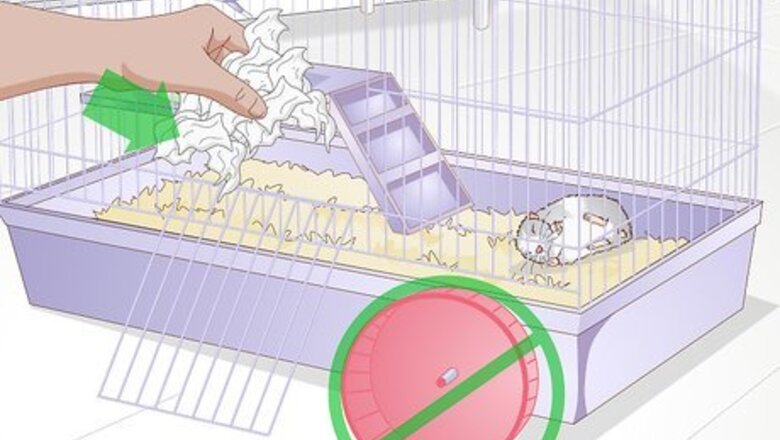
views
Caring for Your Hamsters in the First Weeks
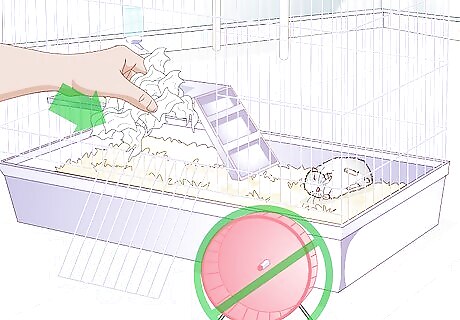
Prepare the mother for birth. If you know the mother is pregnant ahead of time, you can work on preparing her for birth. You can tell a hamster is pregnant if she has gained weight and is engaging in nesting behaviors, such as piling wood shavings and other material in one corner of the cage. Clean her cage and replace all wood shavings or other substrate with clean supplies. You should also remove wheels and toys to prevent injury to the babies. Place toilet paper somewhere in the cage so the mother can build a nest. Give the mother slightly extra food than usual.

Scatter food for the mother to bring the babies. You do not need to worry about feeding newborn hamster babies yourself. The mother hamster will nurse her babies for the first two to three weeks and then she will feed them by bringing them scattered food from around the cage. Scatter pellets and other hamster food throughout the cage and allow the mother to forage for food to feed the babies. As the babies age, you will see they begin to explore the cage and hunt for food themselves.
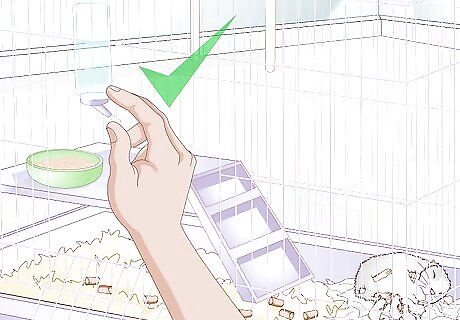
Check the cage frequently. Once the babies are born, it's vital to make sure there is enough food and water to go around. The water dish or bottle should be full at all times and there should always be plentiful food scattered on the floor for the mother to bring the babies. Check the cage frequently throughout the day to make sure no supplies have run out. Be quiet when checking the cage. While it's important to keep the hamsters well fed, you want to make sure you don't disturb the mother. Peace and quiet is important for the first few weeks.
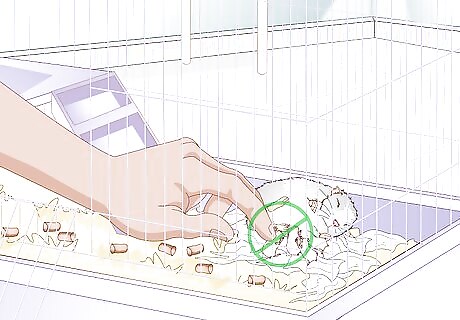
Avoid touching the babies until they've grown fur. A mother may be protective of her babies and dislike having your smell on them. When the babies are very young and have not grown much fur, refrain from touching them as much as possible. Usually, it's safe to touch the babies after 10 to 14 days. At this point, they have plenty of fur, their eyes are open, and they're eating solid food.
Weaning and Removing the Babies
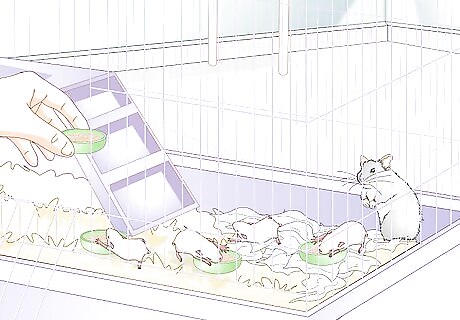
Encourage naturally weaning by providing an adequate supply of food. Weaning usually begins at two to three weeks. The babies will eventually transition naturally to solid food as their mother discourages them from nursing. Providing enough food during this time can help the process run smoothly. Provide pellets for the hamsters, adding bowls for each baby. Make sure to check the cage frequently during this time to make sure the babies have enough food.
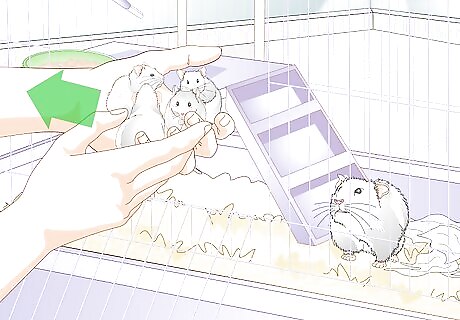
Separate baby hamsters from their mother after 21 to 28 days. After three to four weeks, hamsters are generally old enough to be separated from their mother. If babies are left with their mothers for too long, the mother will start becoming aggressive. You should separate the male and female hamsters to prevent inbreeding. In general, hamsters of the same gender should be able to share a cage. However, if fighting occurs frequently, you may have to separate the hamsters.
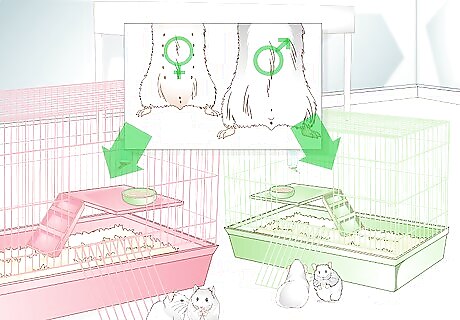
Determine the sex of the babies. You need to make sure you do not pair hamsters of the same sex together. Hamsters reach sexual maturity quickly and you do not want siblings breeding with one another. Carefully pick up the babies and look just under their tails. Hamsters have two distinct openings in this area. Males have openings that are slightly apart. Females have openings with no space in between.
Taking Safety Precautions

Make sure there's enough food and water. It is vital to keep the food and water supply plentiful, especially just after the mother gives birth. If the mother feels resources are scarce, she may kill her babies to spare them from starvation. Be proactive about filling food and water bowls in the cage.
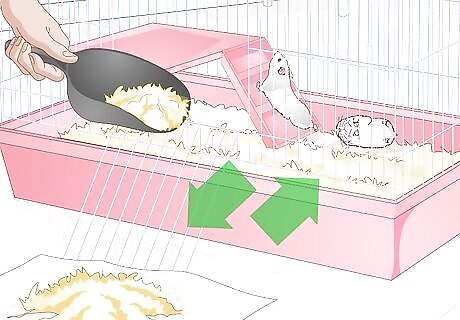
Keep the cage dry. A wet cage can be deadly for baby hamsters. If a water bottle leaks or a water bowl spills, clean up the water quickly. Add fresh bedding to the cage promptly and remove any wet or soiled bedding.
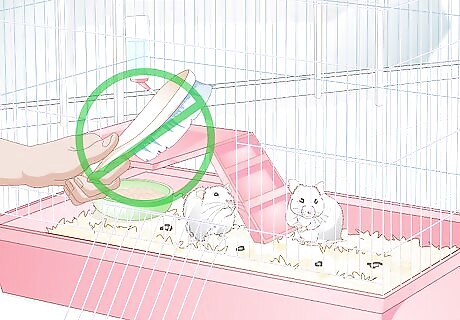
Refrain from cleaning the cage early on. Unless you need to clean up a water spill, leave the cage alone when the babies are first born. You should not clean the cage until about two weeks have passed or when the babies have opened their eyes.
















Comments
0 comment